🌿 What is Kuppaimeni Leaves (Fresh)?
Kuppaimeni Leaves, derived from the plant Acalypha indica, are a treasured herbal remedy in Siddha, Ayurveda, and folk traditions across South India. Often regarded as a “wonder weed,” Kuppaimeni is valued for its potent anti-inflammatory, antifungal, detoxifying, and skin-healing properties. Used widely in treating skin disorders, respiratory conditions, and digestive imbalances, fresh Kuppaimeni leaves are commonly applied in paste form or consumed as herbal decoctions. Known as “Indian Nettle” in English, the plant grows abundantly in waste places (hence the name kuppai, meaning “trash” in Tamil), yet offers immense healing potential.
🌱 Description of the Kuppaimeni Plant
-
Botanical Name: Acalypha indica
-
Family: Euphorbiaceae
-
Plant Type: Erect annual herb
-
Stem: Green or reddish, soft and hairy
-
Leaves: Ovate, serrated edges, soft and bright green
-
Flowers: Small, greenish, found in axillary spikes
-
Root: Fibrous root system
-
Odor: Strong herbal scent when leaves are crushed
🌍 Habitat of Kuppaimeni
Kuppaimeni naturally thrives in tropical regions and is often found growing wild along roadsides, gardens, rubbish heaps, and uncultivated land. It flourishes in moist, well-drained soils with ample sunlight. The plant is resilient and often considered a weed, yet its medicinal value has ensured its cultivation in home gardens, particularly in rural Tamil Nadu.
🌟 Medicinal Properties of Kuppaimeni (Fresh Leaves)
Kuppaimeni is a powerhouse herb used in various traditional treatments:
• Anti-inflammatory: Reduces swelling, joint stiffness, and skin eruptions
• Antimicrobial: Fights bacteria, fungi, and parasites
• Anti-parasitic: Used in deworming remedies and treating scabies
• Detoxifier: Promotes blood purification and liver function
• Expectorant: Eases cough and expels mucus in bronchitis and asthma
• Wound Healer: Speeds healing of cuts, boils, ulcers, and skin infections
• Menstrual Regulator: Helps balance delayed or painful periods
🧪 Active Compounds in Kuppaimeni Leaves
Fresh leaves of Acalypha indica are rich in bioactive compounds:
• Tannins: Astringent and anti-inflammatory
• Flavonoids: Antioxidant and skin-repairing
• Alkaloids (Acalyphine): Detoxifying and immune-modulating
• Essential Oils: Antimicrobial and anti-itch
• Saponins: Help in cleansing and emulsifying skin oils
🍵 Usage and Dosage
⚠️ Fresh Kuppaimeni leaves should be used cautiously, especially internally. Always consult a practitioner for therapeutic usage.
For Skin Disorders (Boils, Eczema, Acne):
• Crush fresh leaves into a fine paste
• Apply directly over the affected area
• Let sit for 20–30 minutes; wash with warm water
• Use once or twice daily for a week
For Cough or Respiratory Congestion:
• Boil a handful of fresh Kuppaimeni leaves in 2 cups of water
• Reduce to half, strain, and sip warm
• Add a pinch of turmeric or dry ginger if needed
• Dosage: ¼ cup twice daily for up to 5 days
For Intestinal Worms (with practitioner guidance):
• Juice from fresh leaves can be taken with honey
• Dosage: 1–2 tsp on an empty stomach for 3 days
⚠️ Precautions
• Pregnancy: Avoid during pregnancy and breastfeeding
• Internal Use: Only under guidance; raw juice can be potent
• Allergic Reactions: Perform a patch test for topical applications
• Children: Use externally; internal use only if advised
• Autoimmune Conditions: Use cautiously in cases of immune dysregulation
📦 Storage of Fresh Leaves
• Wrap fresh leaves in banana leaf or place in a breathable cloth bag
• Store in the vegetable drawer of a refrigerator
• Use within 2–3 days for maximum potency
• For extended use: Clean, sun-dry, and powder or freeze for later use
🌿 Organic and Ethical Considerations
• Wild vs. Homegrown: Encourage home cultivation over wild foraging
• Zero-Waste Herb: Every part of the plant can be used—leaves, roots, and juice
• Traditional Formulations: Use fresh with turmeric, neem, or castor oil as per classical remedies
• Cultural Value: Revered in Tamil folk medicine as a household healer
📌 Tags/Keywords: Kuppaimeni Leaves, Acalypha indica, Indian Nettle, Skin Remedy Herb, Siddha Herb, Detox Herb, Blood Purifier, Natural Wound Healer, Tamil Herbal Medicine, Ayurvedic Plants, Anti-parasitic Leaf
Tamil: குப்பைமேனி இலை (Kuppaimeni Ilai)
Telugu: నీలగంధి ఆకు (Neelagandhi Aaku)
Kannada: ಕಪ್ಪೈಮೆನಿ ಎಲೆ (Kappaimeni Ele)
Malayalam: കുപ്പൈമേനി ഇല (Kuppaimeni Ila)
Hindi: अकल्या पत्ता (Akalya Patta)
Sanskrit: अपल्लीपत्रम् (Apallīpatram)
English: Indian Nettle / Kuppaimeni Leaves
Marathi: कट्टिमणी पाने (Kattimani Pane)
Bengali: কুপাইমেনি পাতা (Kupaimeni Pata)
🥬 Nutritional Facts, Info & Dosage – Kuppaimeni Leaves (Fresh)
🔬 Nutritional & Phytochemical Profile
Though primarily valued for its medicinal compounds, fresh Kuppaimeni leaves also offer modest nutritional benefits:
-
Dietary Fiber – Supports digestion and bowel health
-
Iron – Helps improve hemoglobin levels, especially useful in anemia support
-
Calcium – Supports bone and joint health
-
Vitamin C – Boosts immunity and collagen synthesis
-
Flavonoids & Alkaloids – Provide antioxidant and antimicrobial actions
-
Tannins & Saponins – Aid skin healing and detoxification
🧪 Bioactive Constituents
-
Acalyphine (alkaloid) – Anthelmintic and detoxifier
-
Quercetin (flavonoid) – Anti-inflammatory and antioxidant
-
Gallic acid – Natural astringent, useful in skin care
-
Essential oils – Relieve itching and inhibit pathogens
🧉 General Dosage Guidelines (under supervision for internal use)
1. Fresh Leaf Paste (External Use):
-
🌿 Amount: A handful of leaves, ground to a paste
-
🕒 Usage: Apply topically to affected skin areas (boils, acne, itching) once or twice daily
-
⏳ Duration: Use for 3–7 days or as needed
2. Herbal Decoction (for Cough/Worms):
-
🌿 Amount: 10–15 fresh leaves boiled in 2 cups of water, reduced to half
-
🍵 Dosage: ¼ to ½ cup warm, once or twice daily
-
🕒 Duration: 3 to 5 days max for cough or deworming, under supervision
3. Leaf Juice (with caution):
-
🌿 Dosage: 1–2 teaspoons of fresh juice mixed with honey
-
🕒 Timing: Early morning on an empty stomach
-
⚠️ Note: Only under practitioner advice for deworming or liver issues
🍃 How To Consume, Use & Store – Kuppaimeni Leaves (Fresh)
🌿 How To Consume & Use
1. Fresh Leaf Paste (Topical Use):
-
Wash a handful of fresh Kuppaimeni leaves thoroughly.
-
Crush or grind the leaves into a smooth paste using a mortar and pestle or blender.
-
Apply the paste directly on skin conditions like boils, eczema, insect bites, or acne.
-
Leave it on for 20–30 minutes before rinsing with lukewarm water.
-
Repeat once or twice daily until symptoms improve.
2. Herbal Decoction (Internal Use):
-
Take 10–15 washed fresh leaves.
-
Boil in 2 cups of water until the liquid reduces to half (about 1 cup).
-
Strain and drink the warm decoction.
-
Optionally add a pinch of turmeric or ginger for enhanced effect.
-
Consume once or twice a day for respiratory ailments or detoxification, not exceeding 5 days without supervision.
3. Fresh Leaf Juice:
-
Extract juice by crushing fresh leaves and straining the liquid.
-
Mix 1–2 teaspoons of juice with honey or warm water.
-
Take on an empty stomach for conditions like intestinal worms or liver cleansing, only under professional guidance.
🏺 Storage Tips
-
Short Term: Wrap fresh leaves in a clean, damp cloth or banana leaf and keep in the refrigerator’s vegetable drawer. Use within 2–3 days for optimal freshness and potency.
-
Avoid Plastic Bags: To prevent moisture buildup and leaf spoilage, avoid storing in sealed plastic bags.
-
Drying for Long-Term Storage:
-
Wash and sun-dry the leaves thoroughly until crisp.
-
Grind into powder and store in an airtight container away from moisture and sunlight.
-
Properly dried and stored powder can last 9–12 months.
-
Avoid Contamination: Always use clean, dry hands or utensils to handle leaves or powder to prevent mold or bacteria growth.
⚠️ Caution, Tips & Harvesting – Kuppaimeni Leaves (Fresh)
⚠️ Cautions & Precautions
-
Avoid During Pregnancy and Lactation: The fresh leaves and their extracts may stimulate uterine contractions or have unknown effects; best to avoid unless prescribed.
-
Internal Use Under Supervision: Fresh leaf juice and decoctions are potent; avoid unsupervised or prolonged internal use to prevent possible stomach upset or toxicity.
-
Allergy Alert: Perform a patch test before topical use to check for any skin sensitivity or allergic reaction. Discontinue use if redness, itching, or rash develops.
-
Children & Elderly: Use external applications with care; internal consumption should be strictly guided by a qualified herbal practitioner.
-
Autoimmune or Chronic Conditions: Exercise caution if you have immune disorders or are on immunosuppressive therapy; consult a healthcare professional before use.
💡 Tips for Best Results
-
Use Fresh Leaves: Fresh leaves retain higher potency and essential oils compared to dried forms, especially for skin and respiratory uses.
-
Combine with Complementary Herbs: For enhanced effects, combine with neem, turmeric, or tulsi in topical or internal formulations as per classical recipes.
-
Consistent Use: For chronic skin or respiratory issues, a regular routine over 1–2 weeks yields better results than sporadic application.
-
Avoid Overuse: Don’t exceed recommended dosages or duration to prevent adverse effects.
-
Hydration: Drink plenty of water when using internal Kuppaimeni preparations to aid detoxification.
🌿 Harvesting Guidelines
-
When to Harvest: The best time to harvest leaves is early morning after the dew evaporates, when essential oil content is highest.
-
Which Leaves: Choose mature, healthy leaves free from pests or disease; avoid yellowing or damaged foliage.
-
Sustainable Harvesting: Pluck leaves gently without damaging the main stem or excessive stripping of branches to allow continued growth.
-
Frequency: Harvest every 2–3 weeks during the growing season for a sustainable supply without weakening the plant.
-
Clean Handling: Use clean scissors or hands and store leaves promptly in a cool place to preserve freshness and potency.

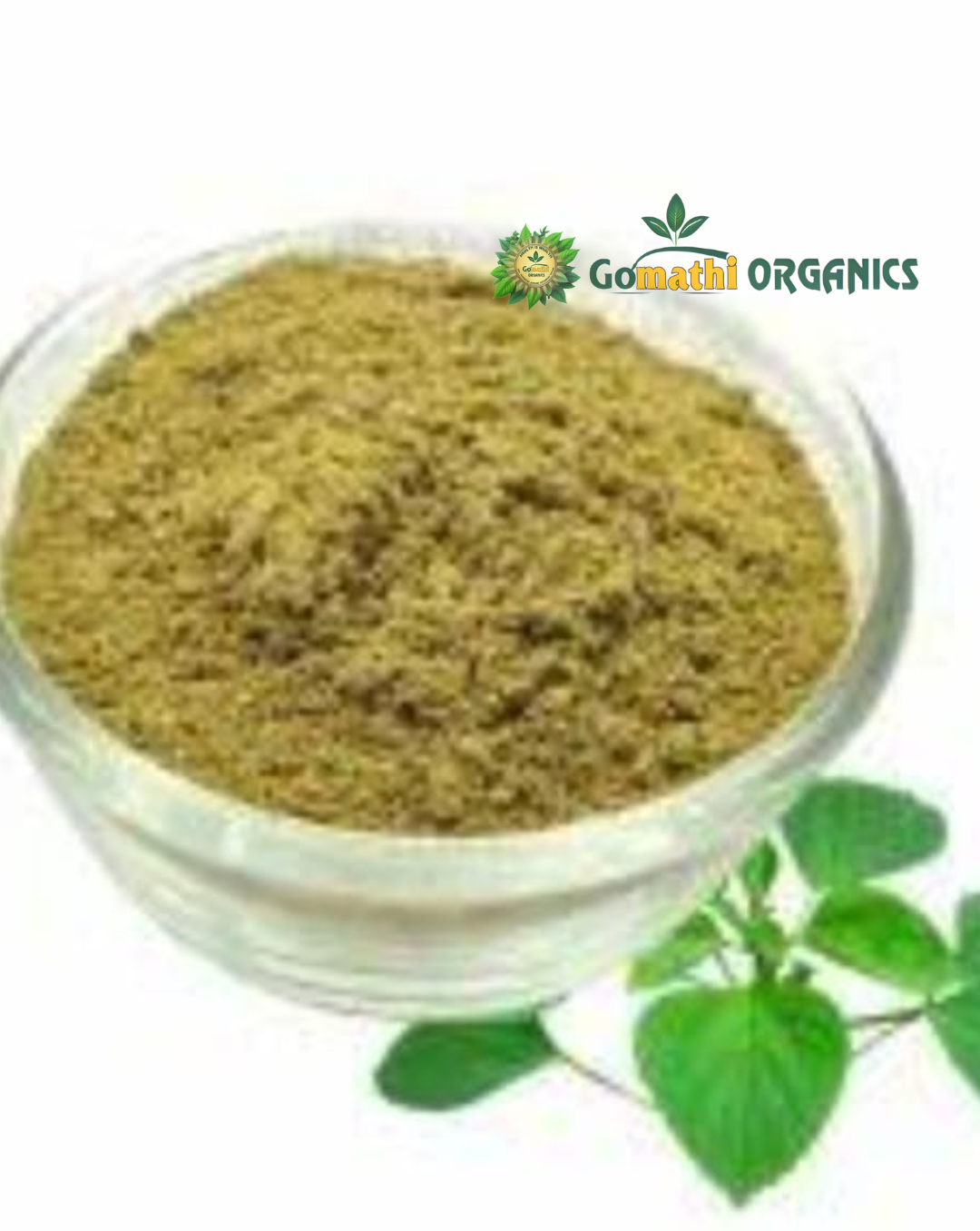
 SCIENTIFICALLY TESTED & COMPLETELY SAFE. SUITABLE FOR VEGETARIANS. NOT TESTED ON ANIMALS/NO ANIMAL INGREDIENTS. NO KNOWN SIDE EFFECTS. COMPLETELY SAFE. NON-TOXIC. FREE FROM HEAVY METALS
SCIENTIFICALLY TESTED & COMPLETELY SAFE. SUITABLE FOR VEGETARIANS. NOT TESTED ON ANIMALS/NO ANIMAL INGREDIENTS. NO KNOWN SIDE EFFECTS. COMPLETELY SAFE. NON-TOXIC. FREE FROM HEAVY METALS 

 The Food and Drug Administration has not evaluated these Statements. This product is classified as an “Herbal Food Supplement” and is not designed to diagnose, treat, cure, or prevent any disease. If you have any underlying health conditions, please consult a healthcare professional before using this product
The Food and Drug Administration has not evaluated these Statements. This product is classified as an “Herbal Food Supplement” and is not designed to diagnose, treat, cure, or prevent any disease. If you have any underlying health conditions, please consult a healthcare professional before using this product 
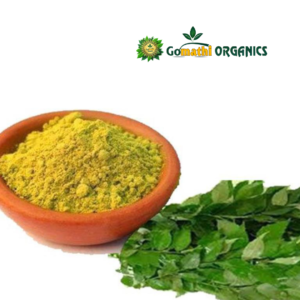
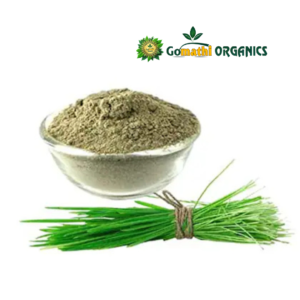
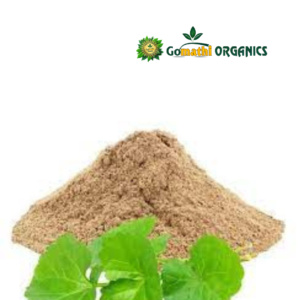
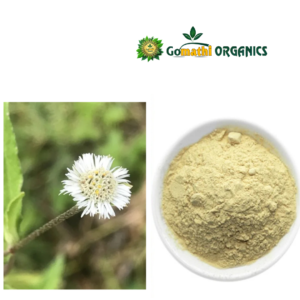
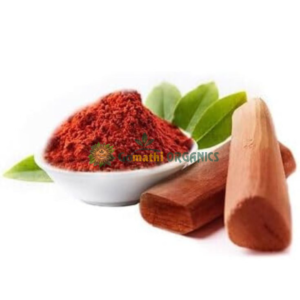

Reviews
There are no reviews yet.